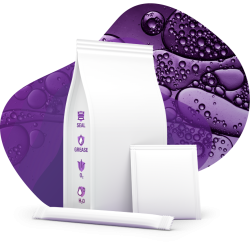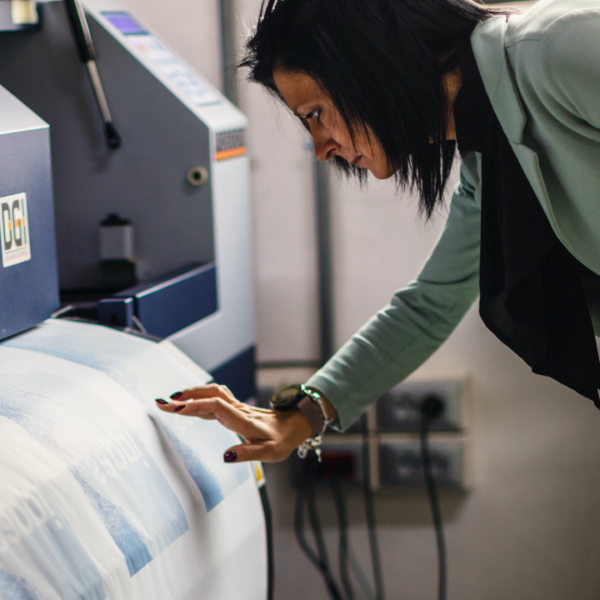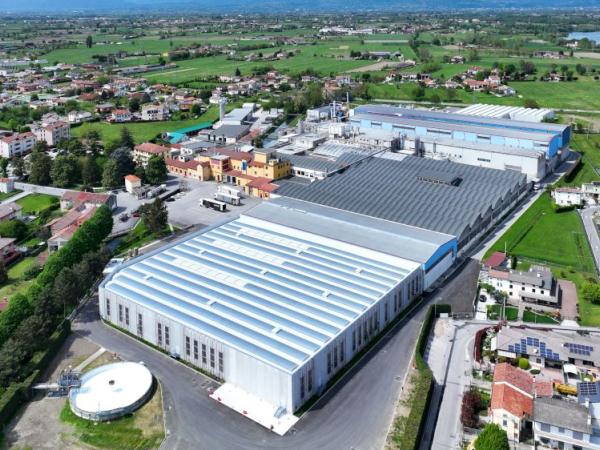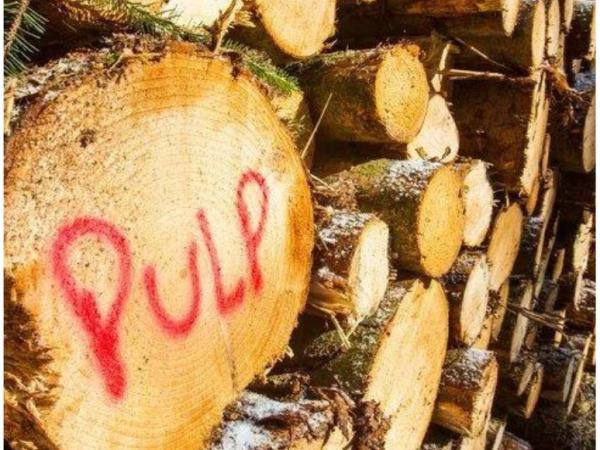
Dye sublimation paper making

Paper has been used as a communication medium since its invention by the Chinese 2,000 years ago. Wood emerged as the chief raw material for paper mass production in the mid-19th century.
Paper is a sustainable resource that touches the lives of every individual on the planet. We are proud that Sappi is one of the largest and most successful producers of speciality and coated fine papers in the world.
Forming
The paper making process starts with pulp produced either from debarked trees or from timber mill waste (wood chips and slabs).
Refined, bleached fibres are joined by mineral fillers and additives in a water suspension and applied on the wire of the paper machine, from which most of the water then drains into a system of closed circulation. Presses are then used to further reduce the water content.
The paper’s remaining water is now removed in the dryer section – an array of heated cylinders over which the paper sheet is transported alternately between the upper and lower side. Here, moisture content is brought down to around 5%.
Next, mother reels are wound up and the paper moves on to the coating machine.
Coating and cutting
During coating, a layer of mineral pigments and/or binding agents or additives is laid onto the surface of the paper.
This not only enhances optical characteristics such as a paper’s whiteness and shade, gloss and smoothness, it also prepares the paper for its subsequent, specific usage.
In the case of digital dye sublimation printing and transferring, a uniform coating enables the precise absorption and maximal release of the inks – so facilitating the brightest colours on fabric.
The finished paper is then cut into reels on the reel cutter, before moving on to the rewinder to be converted into different diameter reels depending on customer requirements.
Packaging
The last step is the packing of the paper in transportable and customer-ready units. These can also be designed according to customer requirements – for example in horizontal or vertical position, packed in a pool box or placed in boxes of individually packed rolls on a pallet.
The most important considerations are to avoid damage in transport and to protect against moisture upon arrival.
The paper should be stored by the customer in a light- and water-protected area, ideally at a temperature between 20 and 25°C and at a relative moisture of around 50%.







